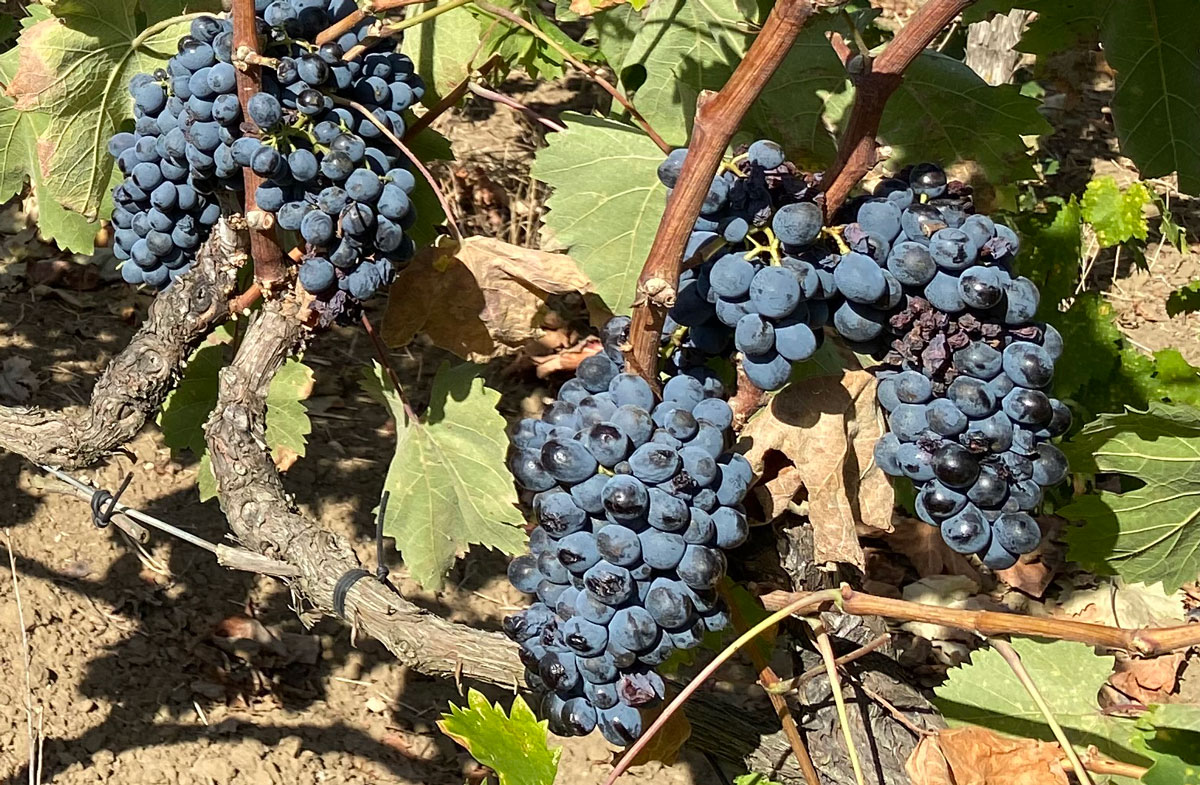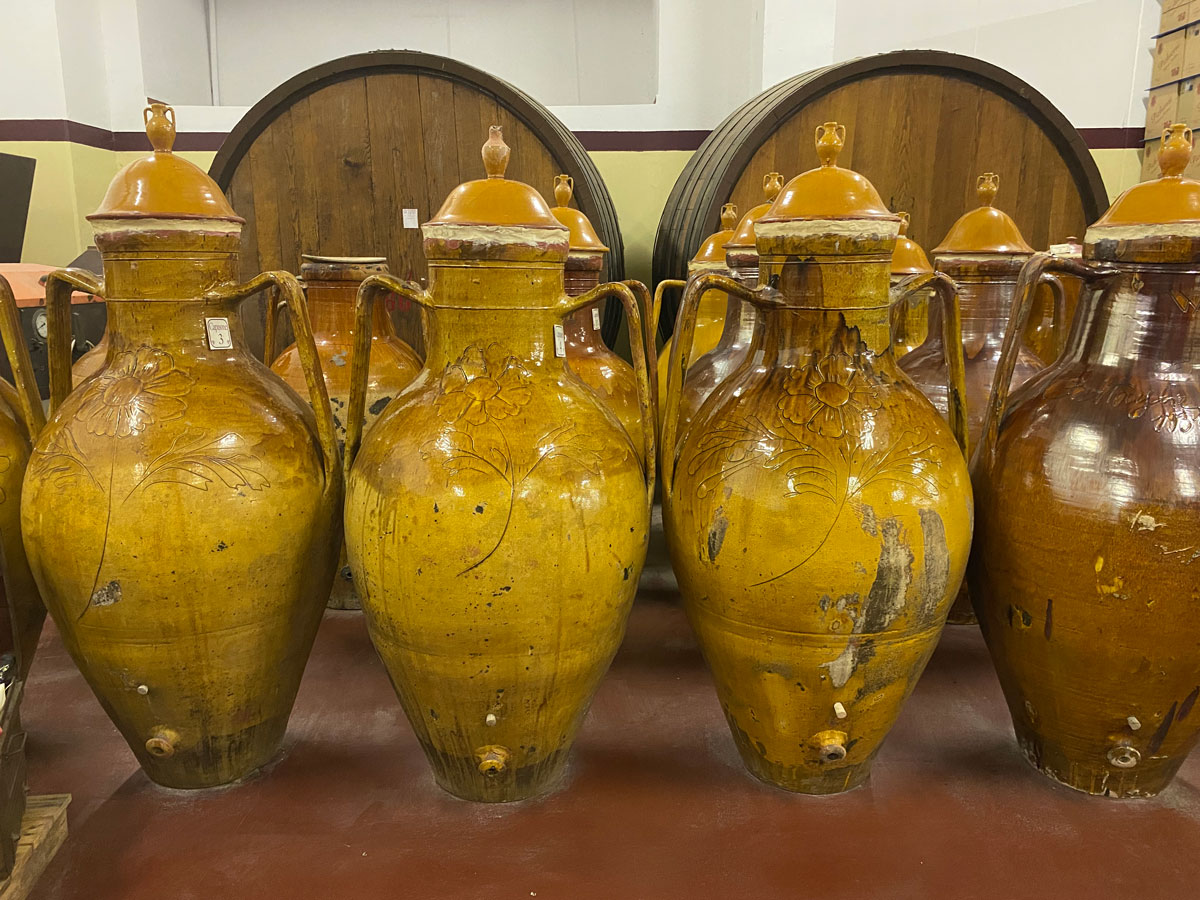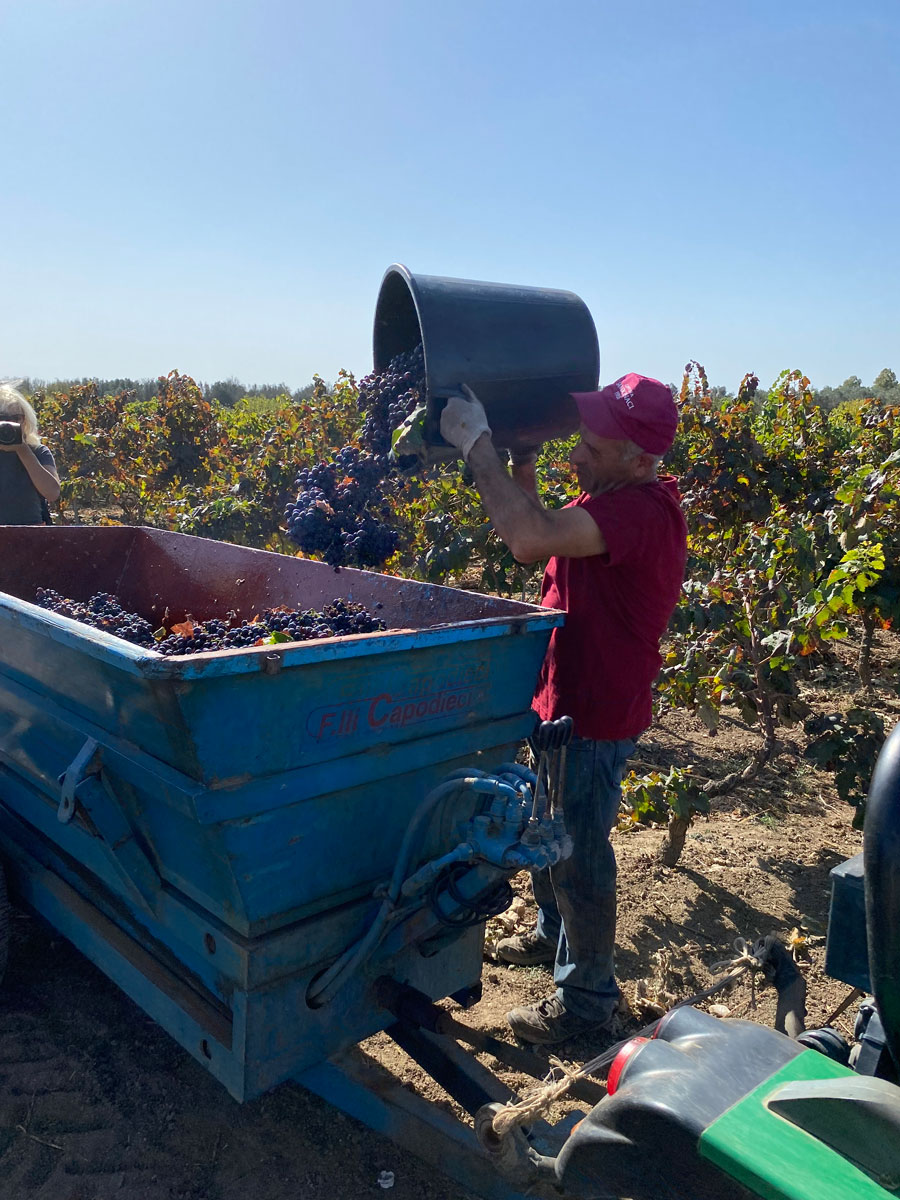
Wine Culture Magazine

Natural drying of the fruit on the vine with consequent loss of weight in water and a concentration of flavours and aromas in the wine. The drying period depends on various factors (ripeness, climate, etc). Puglia, with its dry and sunny climate, provides ideal conditions for this special technique.
Located in the heel of Italy’s boot, Puglia is famed for its beautiful beaches, premium olive oil and the historic town of Alberobello, a recognized UNESCO World Heritage Site where traditional stone huts with conical roofs, known as “trulli,” still stand. Puglia is also a fantastic wine region, but one overshadowed by a reputation for high-yield vineyards and bulk, blended, value wine.
But that is changing, and fast. More and more wineries are producing award-winning wines from high-quality, estate-grown grapes, especially in three DOCs (denominaziones di origine controllata) in the south, where the indigenous grape varieties Primitivo and Negroamaro have propelled southern Puglia into the international spotlight.
Now is the time, wine lovers, to explore southern Puglia and sip these flavourful and distinctive wines.

The production of ceramic and terracotta pots in Puglia has been flourishing from the ancient times thanks to its territory rich with clay. The “champions” of ceramic pots are Capasoni- containers used used to highlight a farm’s terroir by using them as storage vessels in the process of vinification, ageing and fermentation, preferring natural yeast and natural processes.
Puglia, also known as Apulia in English, extends over 400 kilometres from tip to the iconic toe of the heel of Italy’s boot, with the Adriatic Sea to the east and the Ionian Sea to the west.
Puglia enjoys the relentless sun’s warmth and the embrace of constant ocean breezes. But unlike the hilly, mountainous terrain of most Italian regions, Puglia is relatively flat, characterized by vast limestone plateaus, fertile plains and an abundance of karst topography.
Wine has been made here for at least 3,000 years, and today Puglia is tied with Sicily as Italy’s second-largest producer of wine. (Veneto is the largest.) Of the 94,000 hectares of vines planted, an overwhelming 83 per cent are red varieties, mostly Primitivo, Negroamaro, Sangiovese and Malvasia Nera with white Trebbiano making up the top five.
Still, despite this vast amount of production, only seven per cent of all Puglian wine falls into the DOC classifications. Most of them come from three DOCs in the southern heart of Puglia: Primitivo di Manduria; Brindisi; and Salice Salentino.
Primitivo di Manduria, with its robust charm, competes with Salice Salentino for the title of the largest and most productive wine region in Puglia. This DOC, established in 1974, covers 4,775 hectares in the western province of Taranto, and produces 1.7 million cases of wine each year.
The star grape here is Primitivo, which generally features a complex nose, rich black fruit, velvety tannins and an elegant and balanced structure. Primitivo is believed to have originated in Croatia and shares its DNA with California’s Zinfandel. It is an early-ripening variety sensitive to frost and drought. Using alberello (bush vine) cultivation and carefully timing the harvest of Primitivo helps to manage high alcohol levels.

Late harvest on October 11, 2023 at Cantina SAN DONACI – Brindisi DOP
Tiny Brindisi DOC, established in 1979, has 300 hectares under vine, producing around 135,000 cases annually, primarily Malvasia Nera, Susumanello and Negroamaro. Classic Negroamaro wines have a dark ruby-red colour, intense red fruit and earthy flavours, silky tannins and a slightly herbaceous note on the finish.
With its Mediterranean climate moderated by mistral winds from the north and Sirocco winds from the Sahara Desert to the south, Brindisi has a wide range of temperatures and little rainfall, perfect conditions for growing grapes.
Salice Salentino DOC, established in 1976, is bounded by Taranto and Brindisi, its 1,950 hectares of vineyards, entirely landlocked. It produces about one million cases of wine annually, predominantly made from Primitivo, Negroamaro and Malvasia Nera di Lecce. Unusually, all grapes for Salice Salentino wines must undergo appassimento (partial drying) before pressing.
The region’s deep clay soils on limestone and consistently high temperatures create ideal conditions for ripening Negroamaro, and Salice Salentino is gaining international recognition for its Negroamaro-based wines of deep colour, spicy and earthy notes, and robust, tannic structure.
Puglian wines offer a diverse and exciting journey through the rich and varied landscape of Apulia. Here are three notable recommendations available in the B.C. market.

Primitivo di Manduria – Paolo Leo $28.99
Founded in 1989, this family-run, certified-sustainable winery is committed to preserving the health of the land and showcasing the rich potential of the Primitivo grape. This bright ruby wine has an intense bouquet of blackberries, blackcurrants, liquorice and coffee, with power and elegance on the palate and a long, velvety finish of berry jam and spices. A charcuterie board makes a perfect match.

Masseria li Veli Primerose $32.99
Masseria li Veli is one of southern Puglia’s top wineries. Brothers Edoardo and Alfredo Falvo are originally from Tuscany, but here in Brindisi they are dedicated to growing indigenous grapes, like the Negroamaro that goes into this rosé. It is a beautiful light pink with aromas of red fruit and flowers, fresh and bright with great balance and a crisp berry finish. Versatile and food friendly.

Leone de Castris Salice Salentino Riserva $29.99
Under the direction of Salvatore Leone de Castris and his son, Piernicola Leone de Castris, this winery produces high-quality wines, including the Negroamaro blended Salice Salentino Riserva DOC. Deep garnet red, it has aromas of blackberry and black cherry, with notes of basil and sweet spices. This rich, juicy wine is perfect with roasted meats and ripe cheeses.

Vitis is is an indispensable seasonal guide for vintners, sommeliers and weekend imbibers alike that is dedicated to British Columbia’s rapidly evolving wine culture.

Vitis is is an indispensable seasonal guide for vintners, sommeliers and weekend imbibers alike that is dedicated to British Columbia’s rapidly evolving wine culture.
Copyright © 2025 - All Rights Reserved Vitis Magazine